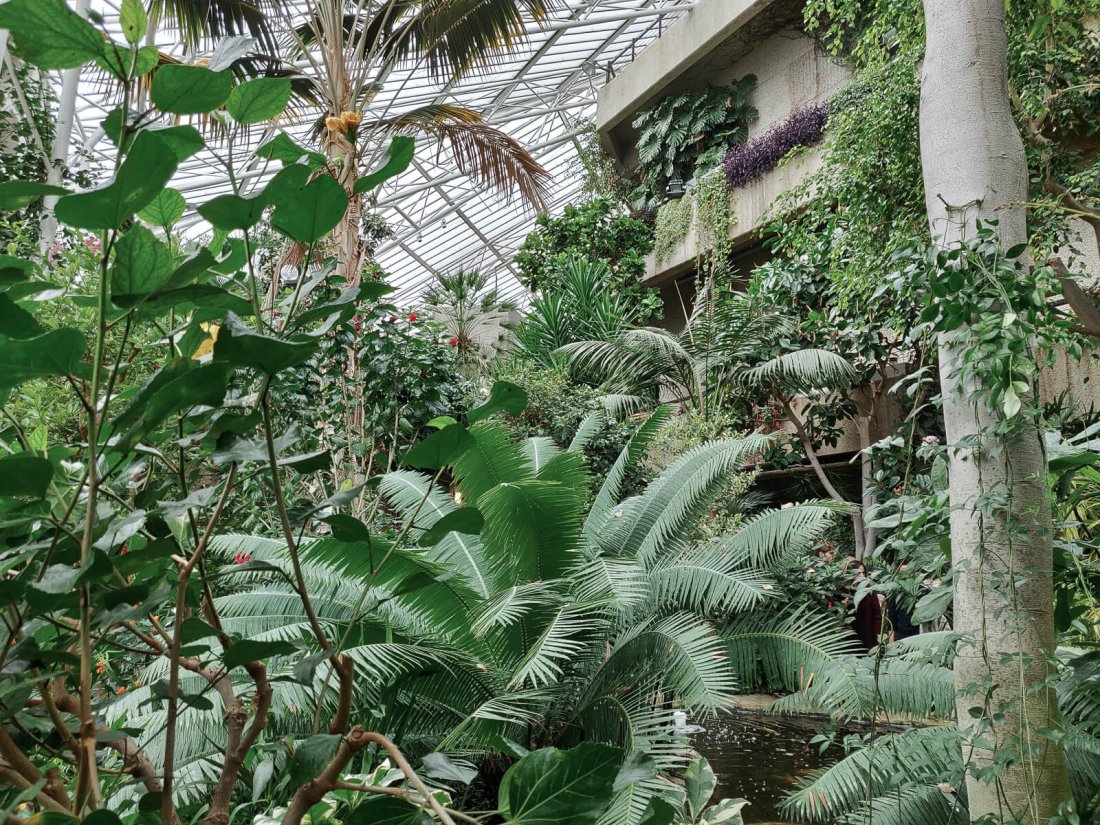Unless you like brutalist architecture, it’s hard to appreciate the Barbican complex in central London. But nestled in the heart of a concrete jungle is an oasis: the vibrant Barbican conservatory. This rainforest is home to over 2,000 species of tropical plants and trees.
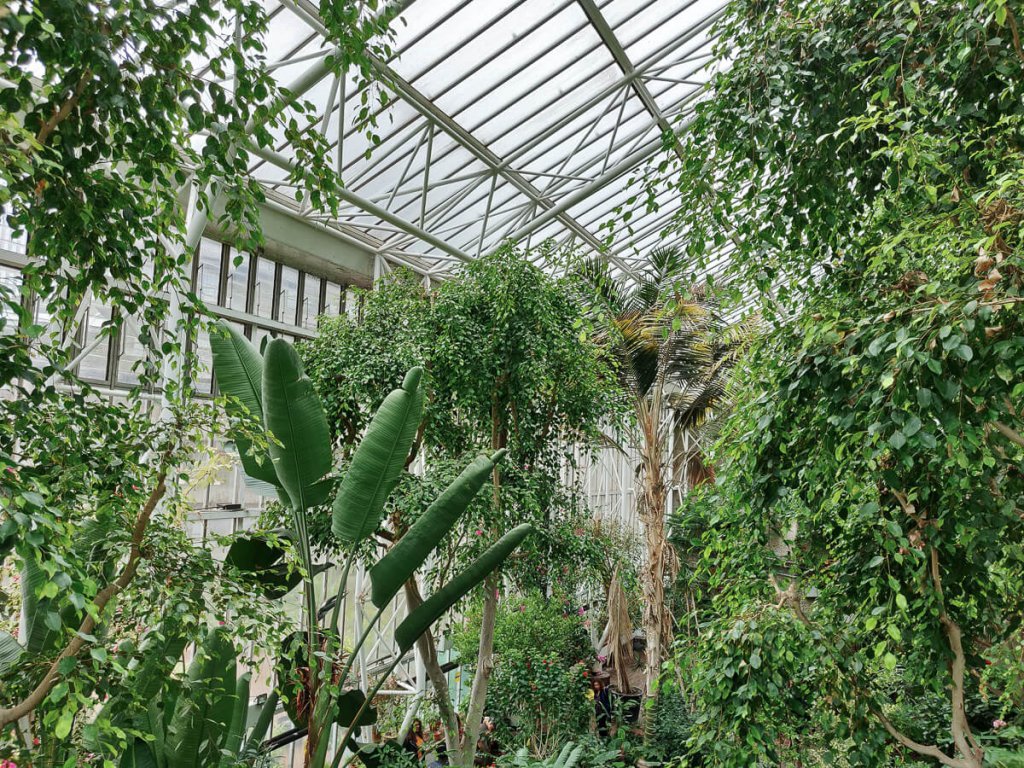
The planting took place between 1980 and 1981 and the conservatory opened in 1984. The species are a mixture of different types of regions from South Africa to the Brazilian coast.
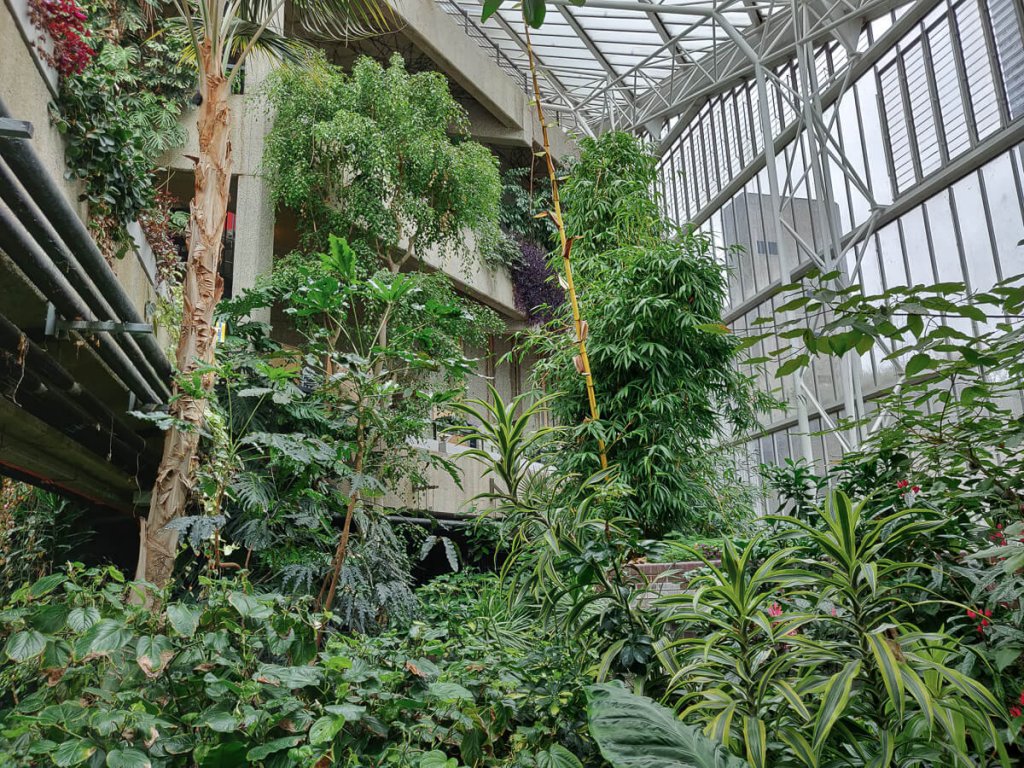
The Barbican Conservatory is the second-largest conservatory in London (the first being the Princess of Wales at Kew Gardens). It welcomes aspiring horticulturalists, Londoners in need of greenery and tourists. It’s a peaceful walk (when it’s not crowded of course!) Through palm trees, banana trees, date palms. Some plant species are now endangered in their natural habitat. There is even a small wooden bridge, ponds with carps and other cold-water fish. Some evenings, the conservatory is open until 10 pm. And it’s possible to walk with a glass of wine in hand!
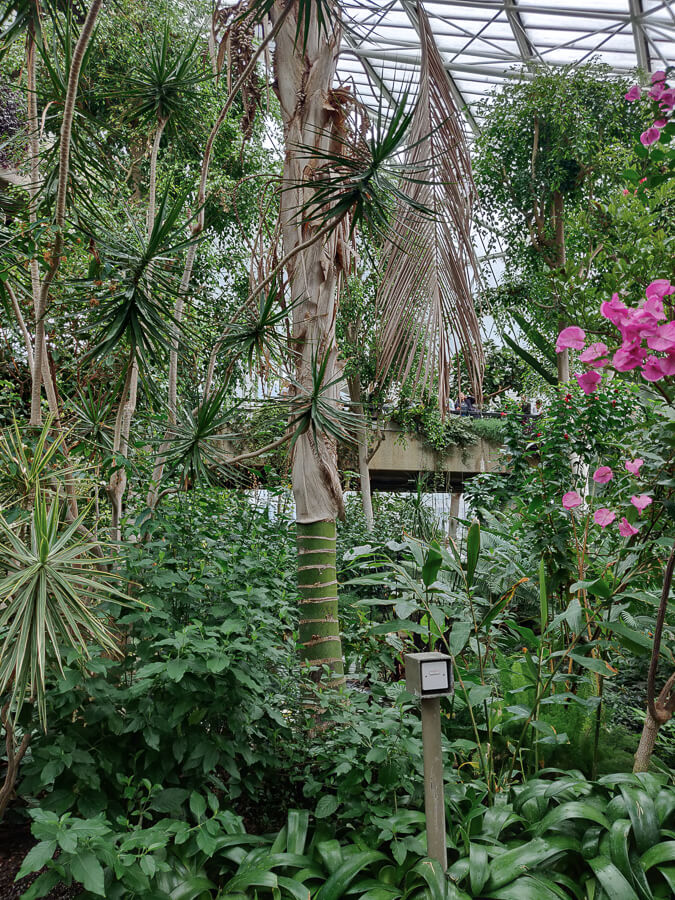
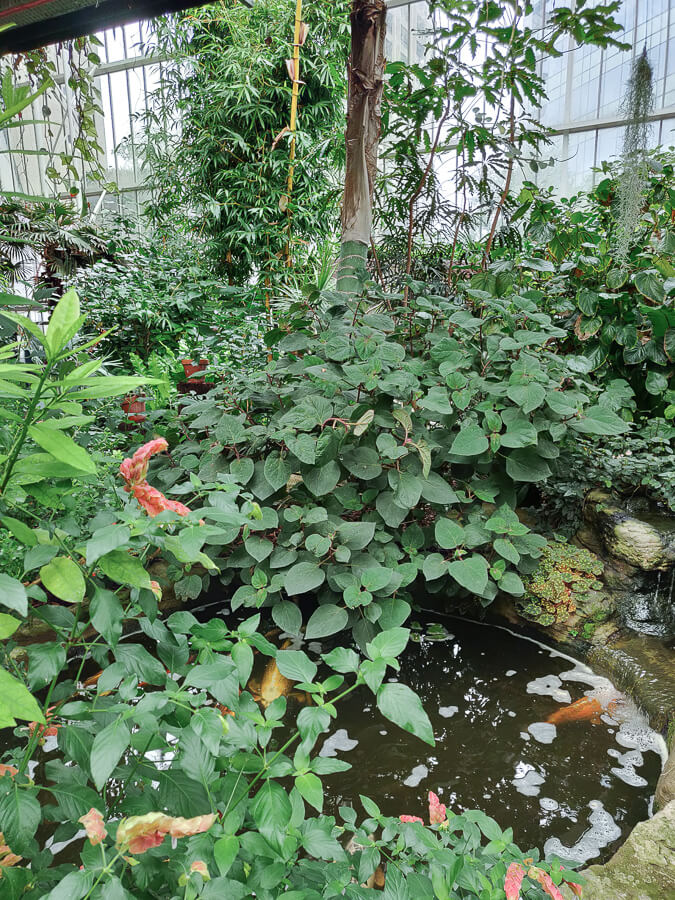
Beauty in a concrete jungle
Brutalist architecture, you like it or you don’t. But the Barbican remains one of the best examples of London’s brutalist architecture. When the Queen inaugurated the complex in 1982, she declared it “one of the wonders of the modern world”. An opinion that many Londoners do not share. Because according to a study, the Barbican was voted the ugliest building in London!
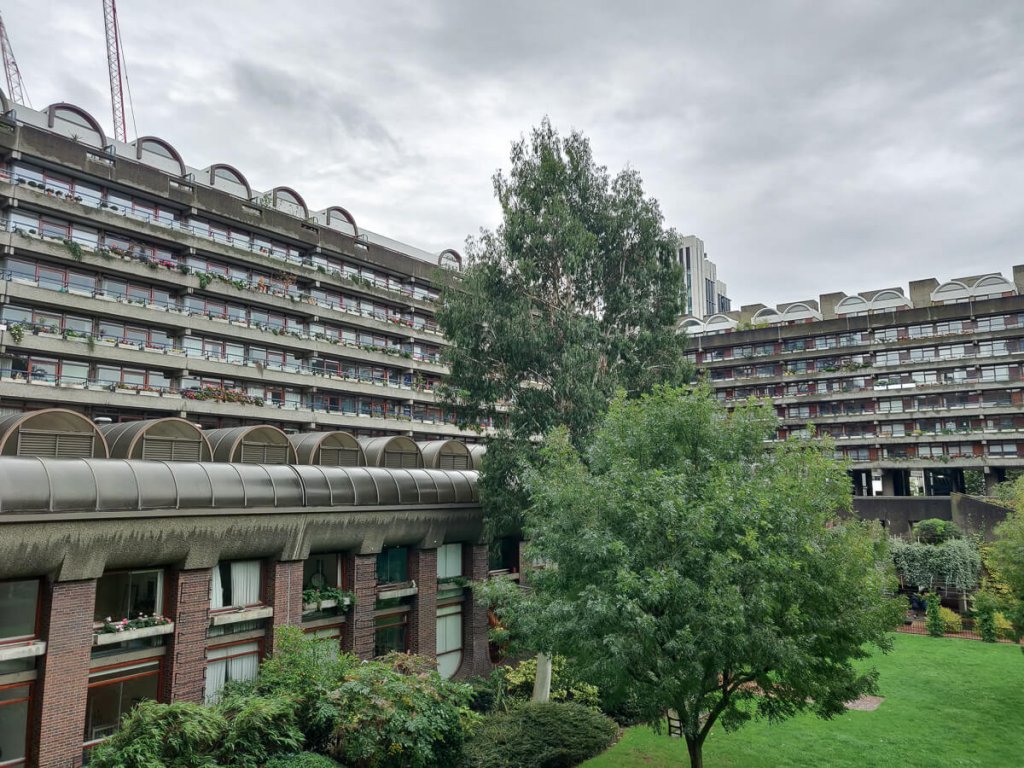
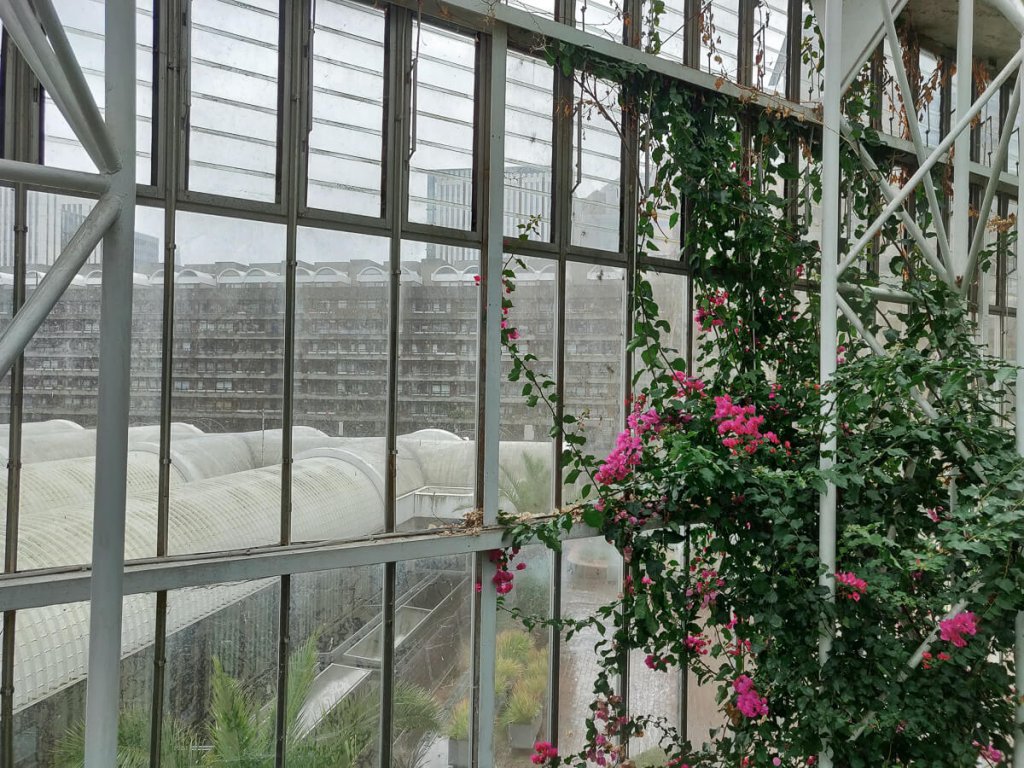
The greenhouse of arid regions
Next to the conservatory is an arid greenhouse full of different species of cacti and succulents. A perfect place to get inspired for your next cactus. To access it, simply climb the stairs next to the small bridge. We then access a platform with a nice view of the conservatory. The greenhouse is on the left, at the top of the stairs.
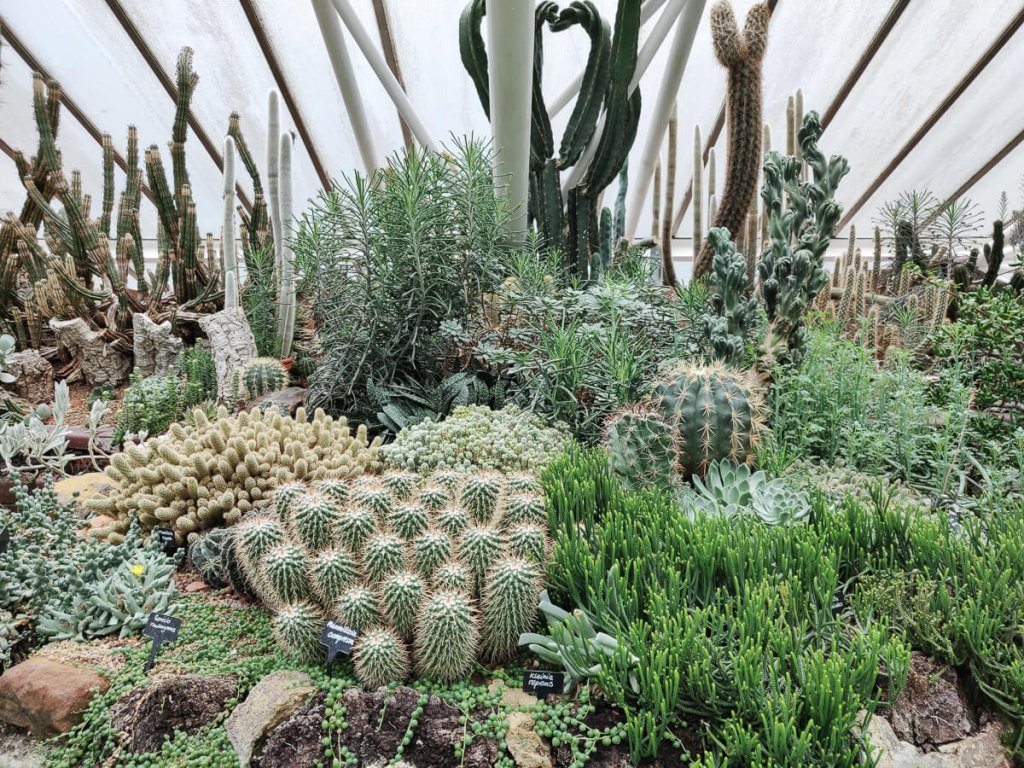
High tea
On Sundays, from 5 pm tea is served. On the menu, a selection of sandwiches and cakes accompanied by sparkling wine.
Entrance to the conservatory is free but the opening hours of the public are quite limited. Fortunately, thanks to its success, the Barbican Conservatory is now open on Saturday evening: its visit is always free.
When you leave the Barbican conservatory, go outside, on the same floor. This itinerary will take you from the architecture of the Barbican to London Wall. It was the first defence wall built by the Romans around the capital.
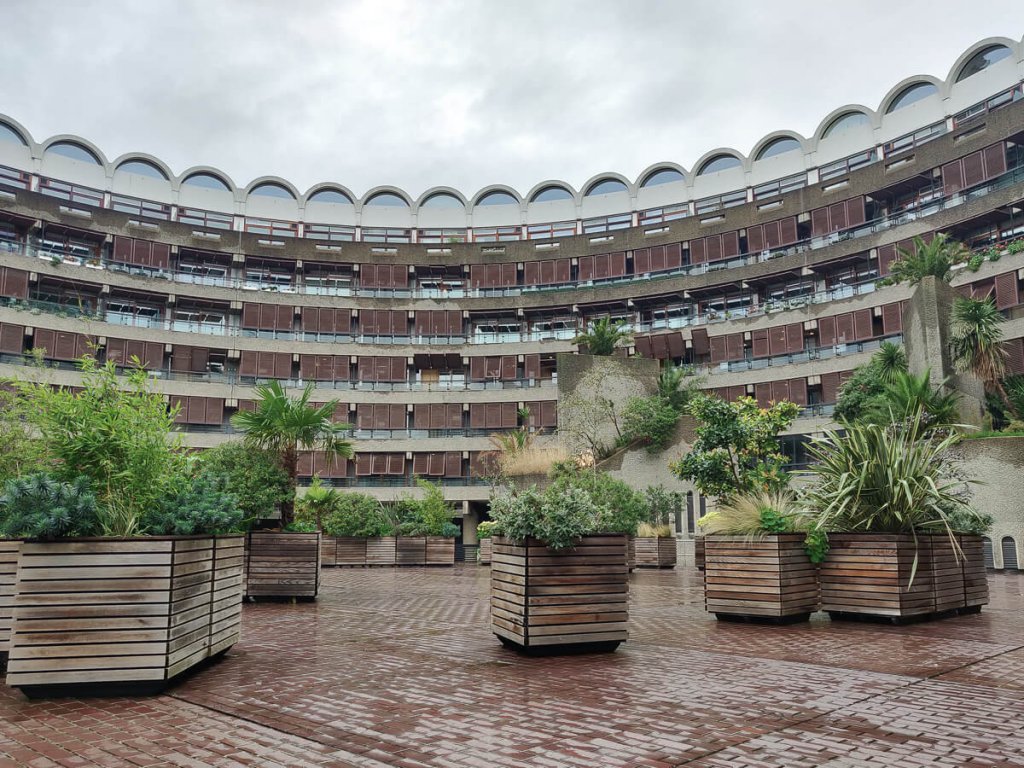
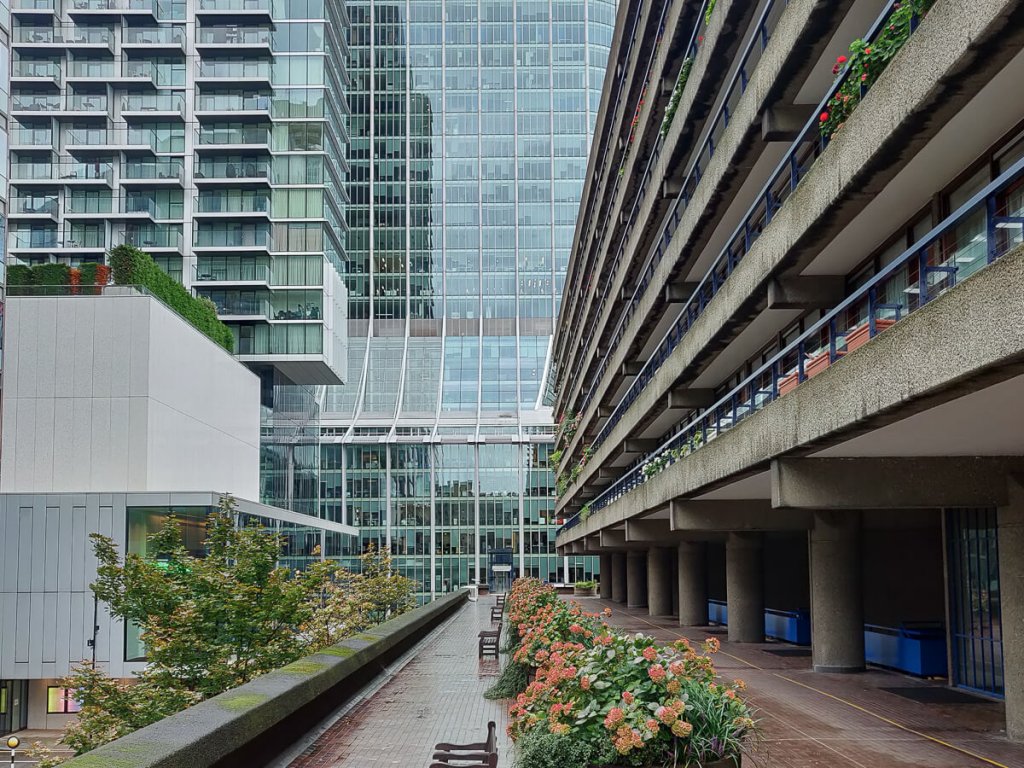

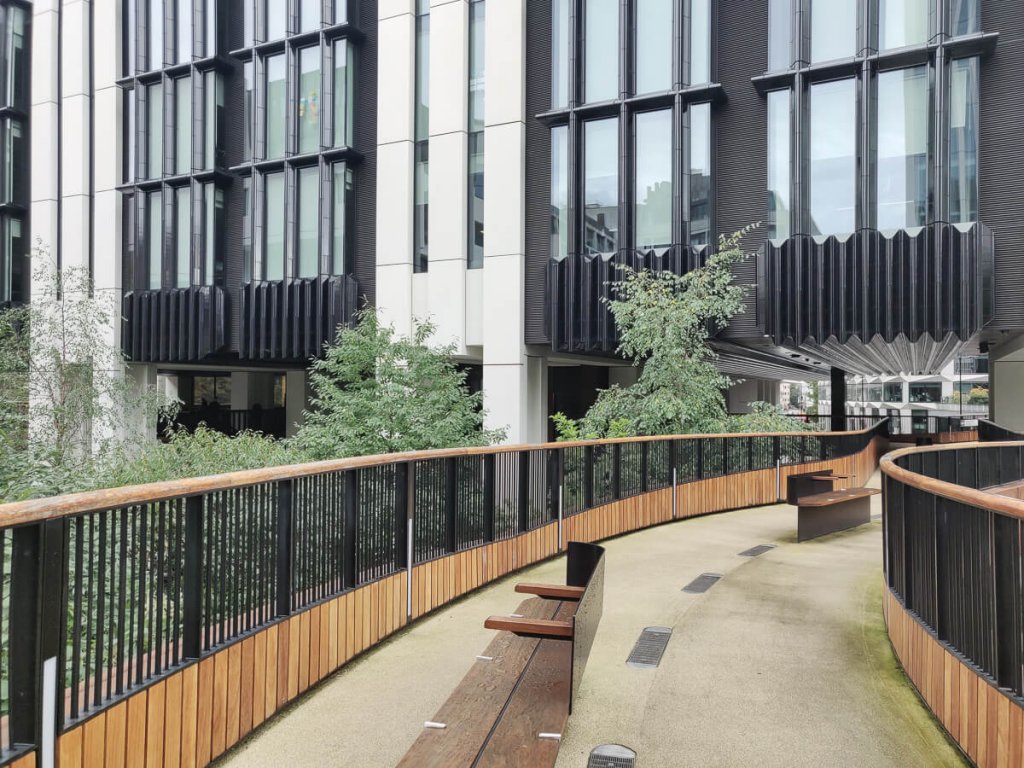
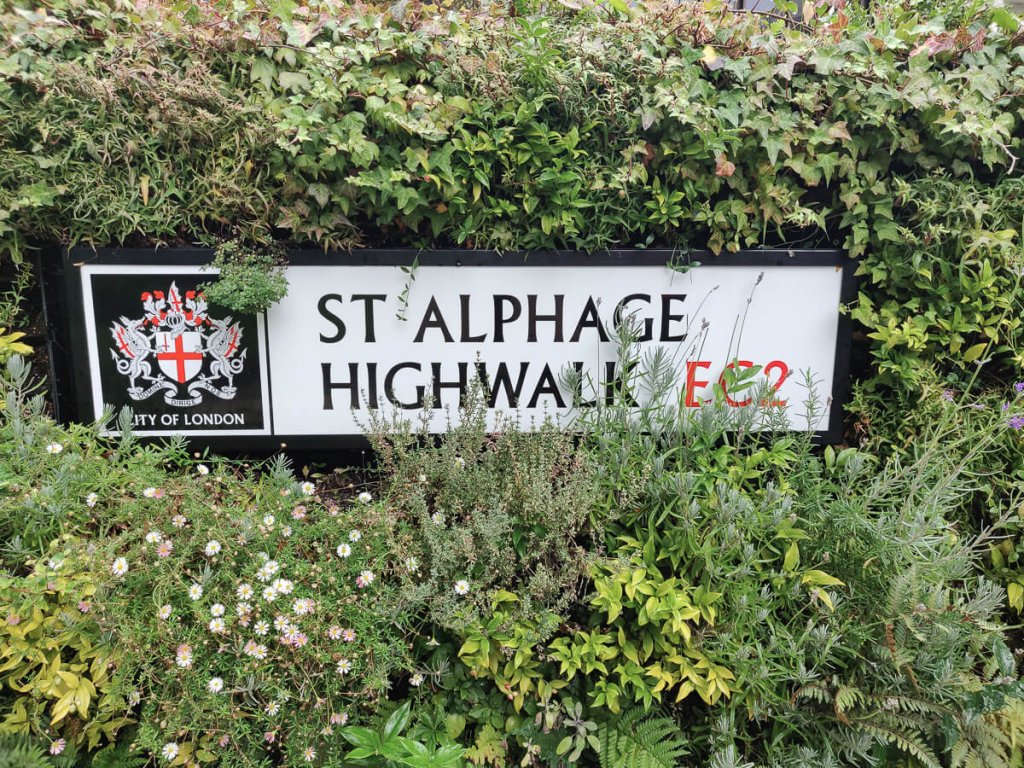
Access
The Barbican Conservatory is located on level 3, (inside the main building). Access is by elevator and stairs. The nearest station is Barbican.
Barbican Centre, Silk Street, EC2Y 8DS.
Opening times
The London Barbican Conservatory is open some Saturdays from noon to 10 pm and some Sundays from noon to 5 pm. Make sure you check their regularly updated website: https://www.barbican.org.uk/whats-on/2019/event/conservatory

